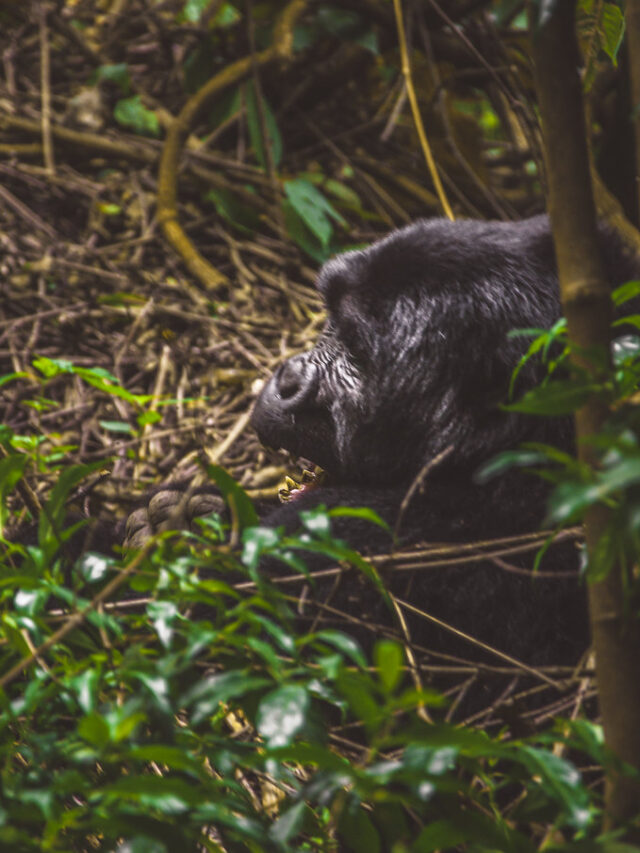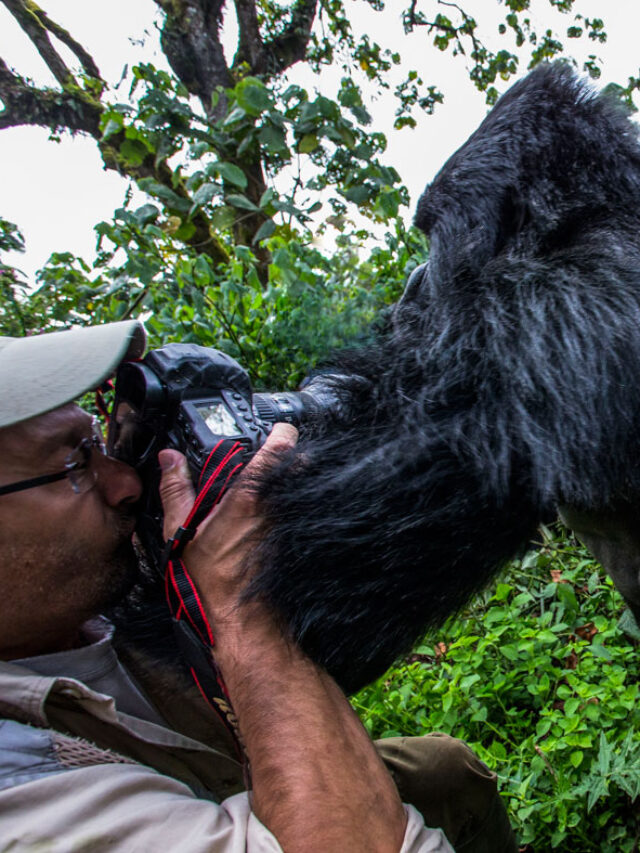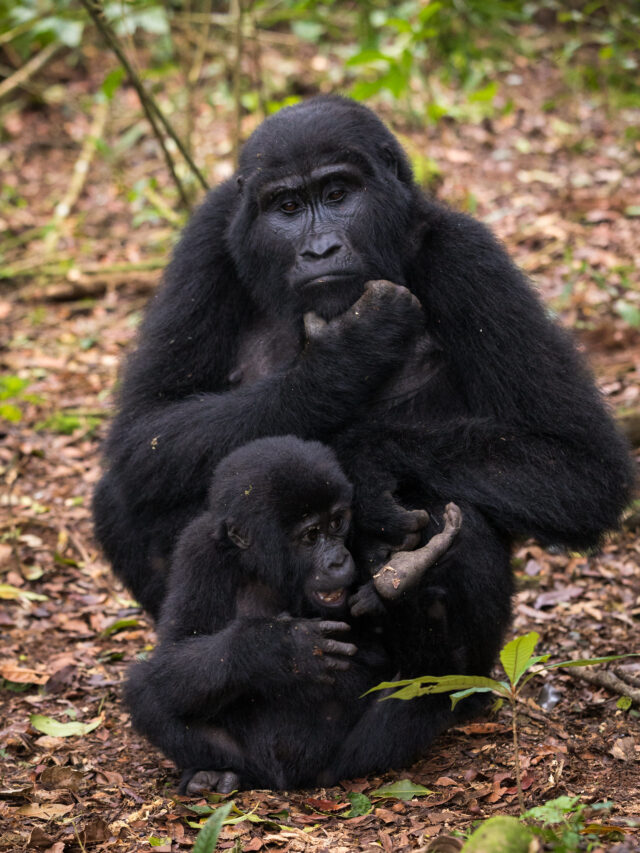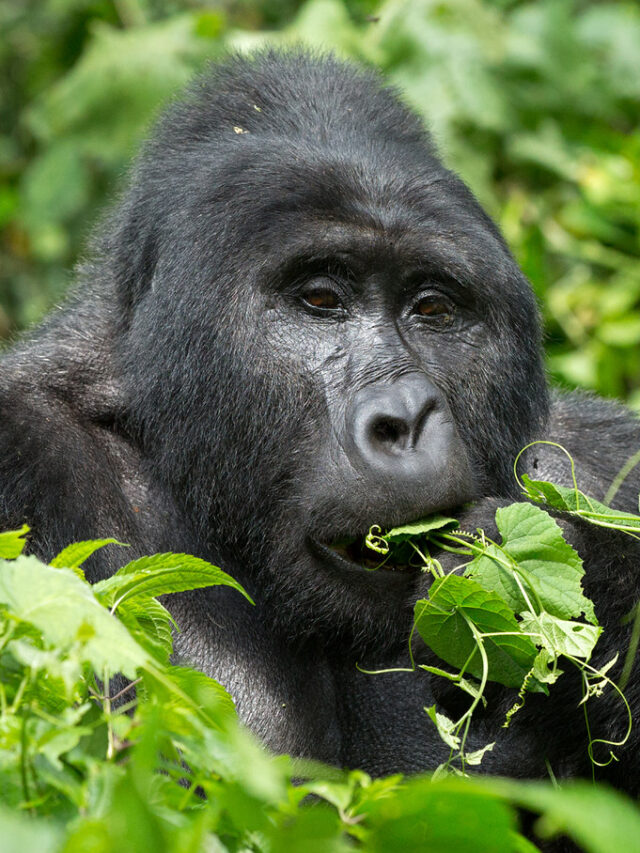Matheniko Wildlife Reserve: The Untamed Wilderness of Uganda’s Eastern Frontier
A Rugged Landscape Where Nature Reigns Supreme
On the far eastern edge of Uganda, stretching toward the border with Kenya, lies one of the country’s most remote and wild protected areas—Matheniko Wildlife Reserve. This expansive reserve covers approximately 2,500 square kilometers and forms part of the greater Karamoja sub-region, a land of sweeping plains, rocky outcrops, and resilient wildlife. Unlike Uganda’s more frequented parks, Matheniko offers a raw, untouched wilderness experience that is as much about survival and adaptation as it is about natural beauty.
Matheniko’s landscape is dominated by semi-arid savannahs, thorny bushes, and acacia woodlands, punctuated by granite hills and seasonal rivers that carve through the dry earth. The reserve lies within the migratory corridor connecting Uganda’s wildlife to the ecosystems of northern Kenya and southern Sudan, making it a vital passageway for species that traverse vast distances in search of water and forage.
The Ecological Heartbeat of Karamoja
Matheniko Wildlife Reserve represents the ecological core of the Karamoja region, an area known for its unique climatic conditions and cultural heritage. Here, wildlife has adapted to survive in an environment characterized by prolonged dry seasons and scarce water sources, where only the hardiest species endure.
The reserve is home to diverse populations of antelopes such as gerenuk, Beisa oryx, Grant’s gazelle, and impala, animals typically associated with the arid landscapes of East Africa rather than Uganda’s lush heartlands. Larger mammals like elephants, buffalo, and elands also roam these plains, although their numbers have fluctuated due to past hunting pressures and habitat changes.
Predators including lions, cheetahs, and leopards prowl the reserve’s fringes, preying on the abundant herbivores. Birdlife is prolific as well, with species adapted to arid conditions—bustards, kori cranes, Secretary birds, and various raptors soar across the sky, while smaller birds find shelter in thorny bushes and acacia canopies.
Challenges of Conservation in a Changing Landscape
Matheniko Wildlife Reserve faces significant conservation challenges. The fragile balance between wildlife, pastoral communities, and climate stress is delicate and complex. Historically, the Karamoja region experienced insecurity and armed conflict that disrupted conservation efforts and displaced wildlife. While stability has improved, the pressure of increasing human populations, livestock grazing, and land use change continues to impact the reserve.
Water scarcity during dry spells often forces animals and people into closer contact, heightening the risk of conflict and resource competition. Poaching and illegal hunting have also threatened some species, although ongoing patrols by Uganda Wildlife Authority and collaborations with local communities are helping to curb these practices.
Efforts to protect Matheniko emphasize community involvement, recognizing that conservation cannot succeed without the support and participation of local pastoralists and farmers. Programs promoting sustainable grazing, alternative livelihoods, and education aim to foster coexistence between humans and wildlife.
An Adventure for the Intrepid Traveler
Visiting Matheniko Wildlife Reserve is not for the faint-hearted. Its remote location, rugged terrain, and lack of established tourist infrastructure mean that only the most adventurous and well-prepared travelers venture here. Yet for those who do, Matheniko offers an unparalleled experience—a chance to witness Africa’s wild frontier in a setting almost unchanged by modern development.
Safari experiences here include game drives on open plains, birdwatching in dry riverbeds, and cultural visits to nearby Karimojong communities, where centuries-old traditions of pastoralism and resilience remain vibrant. The vast skies, golden sunsets, and haunting calls of wildlife create a sensory tapestry unlike any other in Uganda.
The best time to visit Matheniko is during the dry season, from December to March, when wildlife congregates around shrinking water sources and the landscape reveals its dramatic contrasts.
The Future of Uganda’s Eastern Wilds
Matheniko Wildlife Reserve is a symbol of endurance in Uganda’s conservation landscape. It stands at the crossroads of ecology, culture, and climate, offering vital habitat for species at the edge of their range and showcasing the resilience of nature and people alike.
As Uganda’s tourism sector continues to grow, Matheniko presents an opportunity to expand the country’s ecotourism offerings into new frontiers. Responsible development, strong community partnerships, and targeted conservation initiatives can help safeguard this wilderness for future generations.
For those who dream of discovering the untamed, the remote, and the authentic, Matheniko Wildlife Reserve promises a journey into the heart of Uganda’s wildest frontier—a land where the spirit of Africa’s plains lives on, wild and free.











